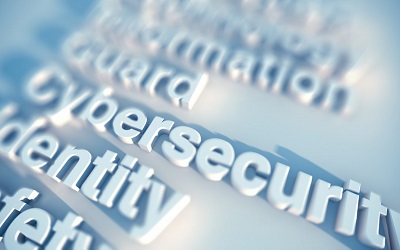Digital Security Checklist for Windows 10
Best ways to secure Windows 10: Securing your operating system is one of the essential steps for achieving optimal security. It’s especially true in today’s age of ransomware, hacking, doxing, and other forms of privacy exploitation.
Windows has evolved a lot in recent years. But it is still not secure enough without implementing extra safety measures. The dark world of hacking has also been advancing. Everyone can become a target if they aren’t careful enough.
Here are 5 things that all responsible users must do to keep themselves protected on the internet.
Table of Contents
1. Strong Passwords
Having strong passwords is one of the most basic security measures. And it is also the easiest one to implement. Using your spouse’s name, birthday, or any other personal information as a password will no longer cut it. With social media on the rise, everyone’s basic information is on display at all times. It makes it effortless to extract and abuse it.
Instead, you should always create robust passwords. Make sure they consist of symbols, uppercase, and lowercase letters, and numbers in a random combination. There’s no excuse not to use strong passwords when there are many fantastic password generators and managers online. They will do the work for you in a matter of seconds. When possible, always opt for two-factor authentication too. It adds yet another layer of security to your account or device.
You might also like: Windows 10 password recovery
2. Antivirus
It is yet another basic need that all computers should have. Antivirus performs regular scans and extracts and destroys the malware that is lurking around. Currently, there are over 100,000 different types of computer viruses. They can wreak havoc on your computer and personal files. And they scatter all over the internet. Only one irresponsible click is enough to infect the system and cause irreversible damage. That is precisely why all users must have an antivirus solution in their programs list.
Antivirus software comes in two different versions, free and paid. The free version should be enough to cover all the necessary security requirements. Though opting for a premium tier usually comes with more advanced security features.
3. VPN (Virtual Private Network)
VPNs have become a popular security tool, and they’ve been taking over the world of cybersecurity. What is a VPN, though? VPN stands for “virtual private network,” and it acts as a layer of encryption between the user and the internet. It masks the user’s IP address and lets them be relatively anonymous when browsing (read more here: https://nordvpn.com/what-is-a-vpn).
Moreover, VPNs have other benefits that many users appreciate. They enable access to geo-restricted content, such as streaming foreign TV shows. VPNs are especially crucial for individuals who often use free public Wi-Fi connections. These are often insecure and prone to exploitation. So VPNs reduce the chances of “man-in-the-middle” attacks as well.
4. Encryption
All users that would like to achieve stealth security should consider encrypting their hard drives and files. Most Windows 10 operating systems come with a built-in encryption software named BitLocker. It allows users to encrypt data with ease.
To set up encryption, you should first enable the Trusted Platform Module (TPM). Many newer Windows 10 editions have TPM enabled by default, so if that’s the case, you won’t have to worry about this step. Moreover, use the secure boot feature alongside encryption. That connects the hard drive to all system hardware components. It ensures that only trusted firmware is accessed during boot.
5. Use Windows Tools
Many users don’t know that Windows comes equipped with a lot of amazing security features. And all they need is a couple of clicks to access them.
First of all, everyone should always install the latest updates on their PCs. It ensures that the operating system is running on an updated code. It can often protect the user from new forms of malware.
Windows also has the following “guard” features:
- Credential Guard
- Exploit Guard
- Device Guard
- Application Guard
Windows Defender also features ransomware protection, which is not enabled by default. To access the ransomware protection settings, go to Settings > Virus & Threat Protection > Ransomware Protection > Manage Ransomware Protection.
Conclusion
Living in a digital era, some exploitation is bound to happen. That is why everyone should learn about potential digital threats and risks. Also, familiarize yourself with various types of remedies and software that helps to remain safe online. The steps in this article only take a couple of minutes to set up, but they yield amazing results in the long run.
Follow Us On:
